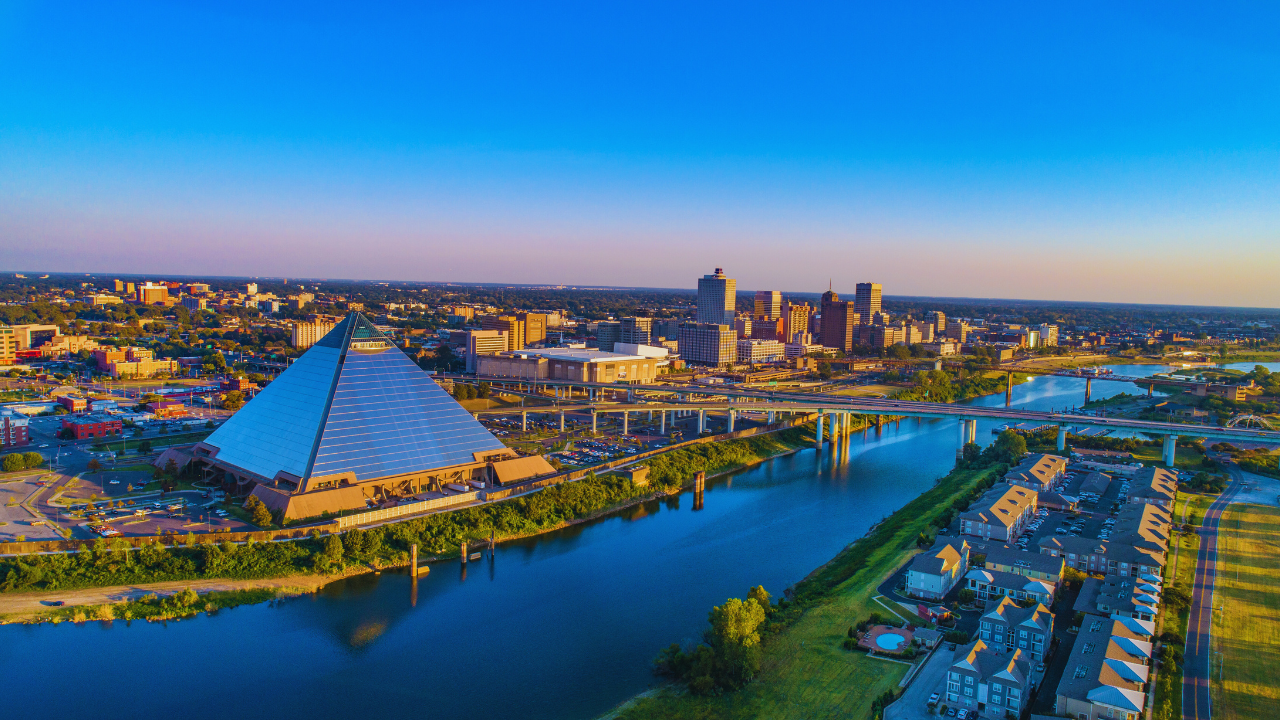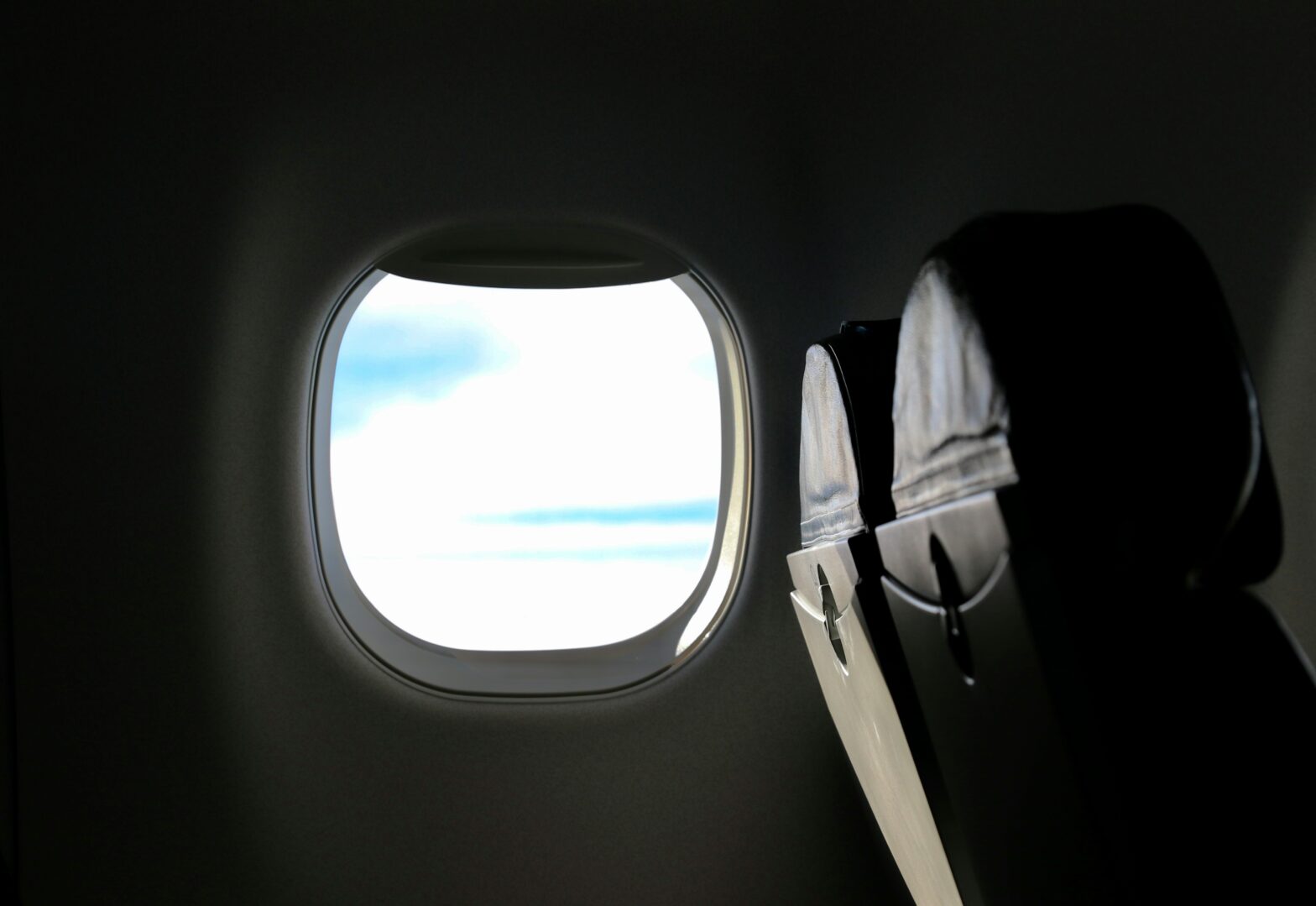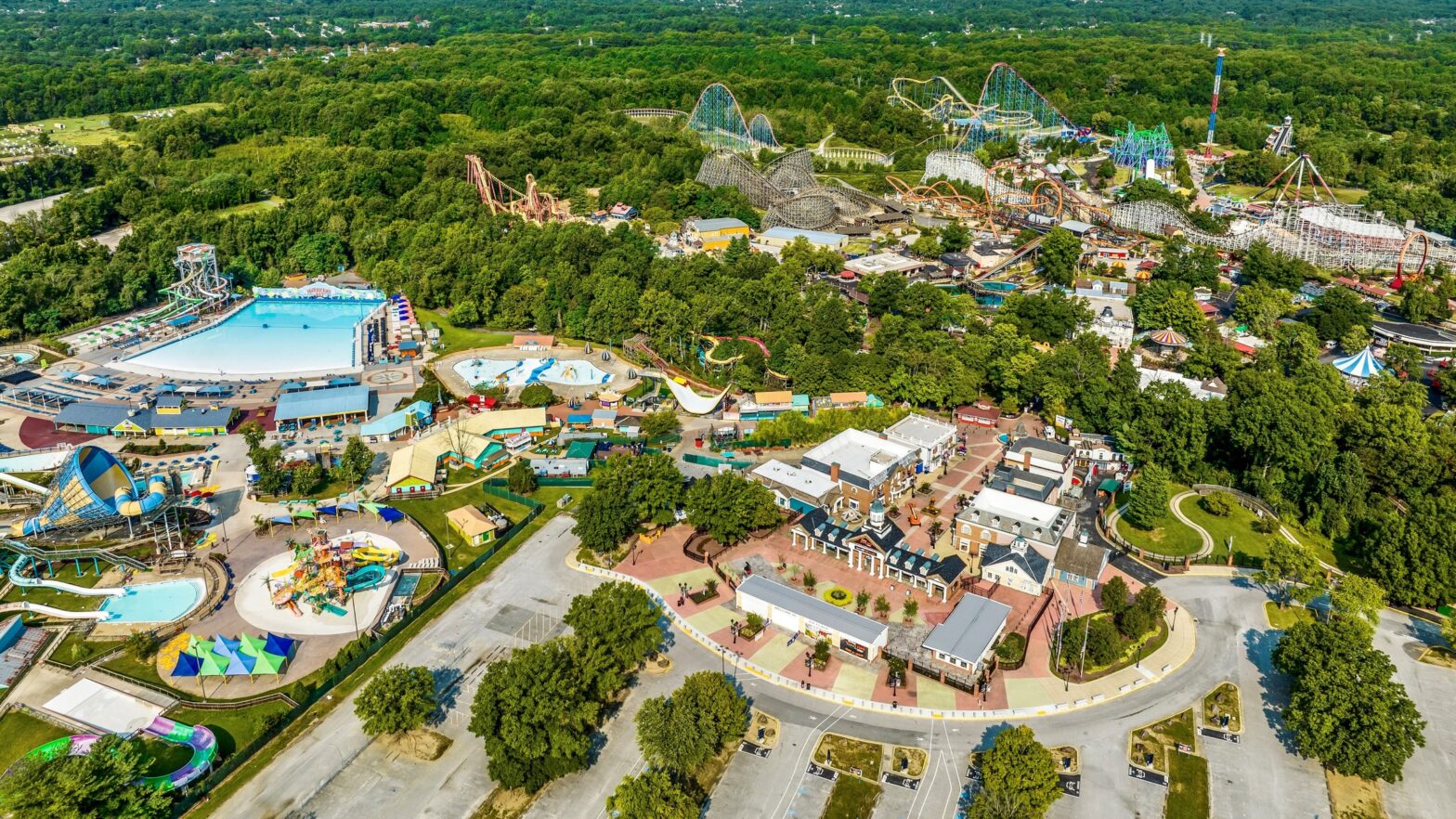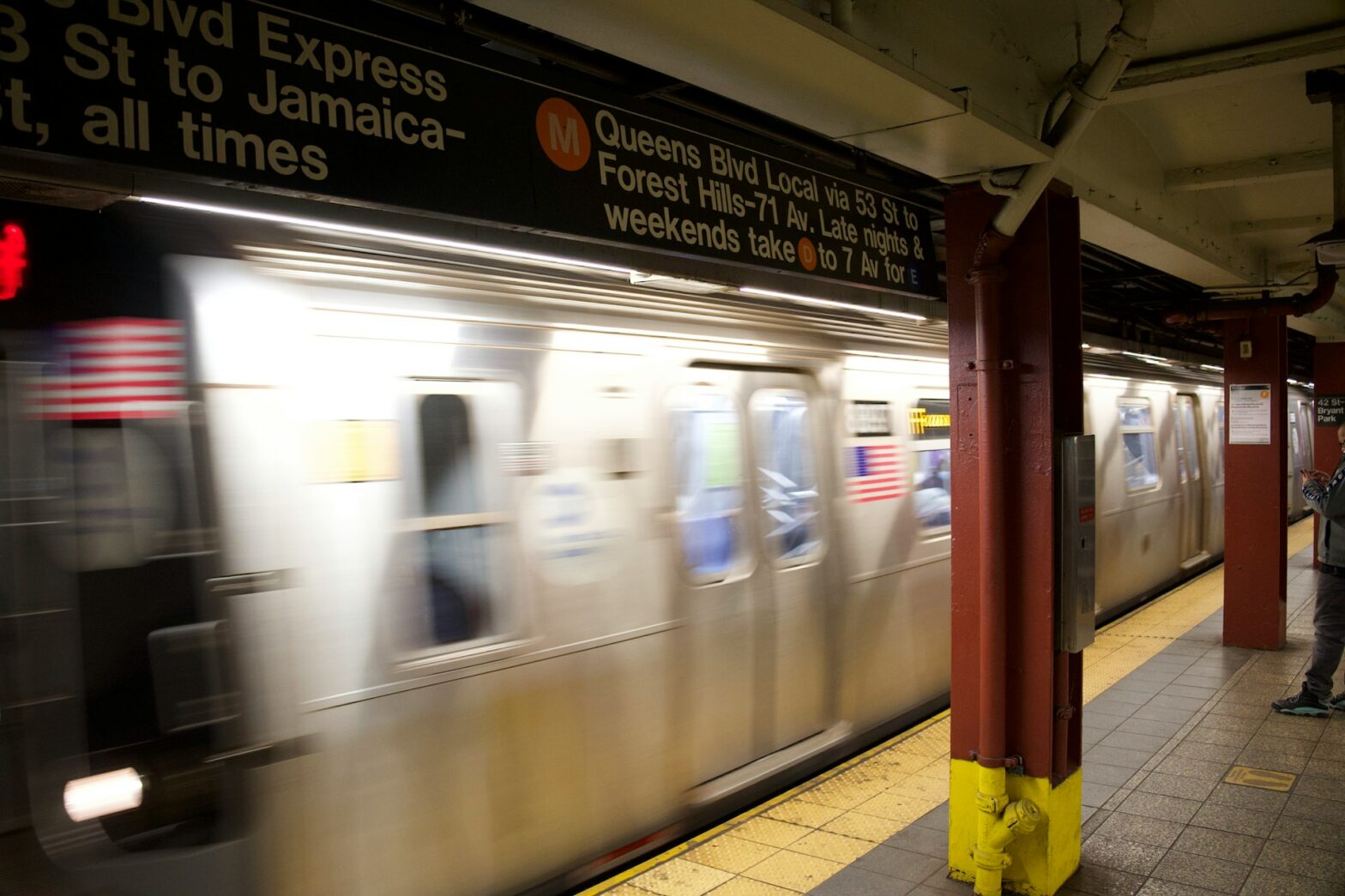Located on Brazil’s Northeastern Coast is Salvador – the capital city of the state of Bahia and a city that many call the “cradle” of the country’s Afro-Brazilian Heritage.
There are more than 90 million people living in Brazil, and more than half identify as Black. The South American country has the largest population of people of Afro descent outside of Africa.
Bahia’s capital city on the coast has the largest population of Afro Brazilians, where more than 80 percent of its population reportedly identifies as Black. In addition to being the cradle of Afro-Brazilian Heritage, Salvador is known as the “Black Mecca of Brazil” and so much more.
“There are three main reasons why Salvador is known as the ‘Black Rome,’” Assistant Professor of Anthropology, Reighan Gilliam, told Travel Noire. “One of them is slavery because the Transatlantic Slave Trade brought a very large number of Africans to Brazil.”
Professor Gilliam researches the ways in which subjects experience, negotiate, and challenge stereotypical and controlling images by examining these issues through the lens of Afro-Brazilian media producers in southeastern Brazil. She adds another significant contributing factor to Salvador’s reputation as a Black Mecca is the government.
“In the 1930s, under President Getúlio Vargas, the government started to think about regional specificity. The government and elite drew on Blackness as a regional distinction for Salvador, so they started to promote it as a Black and a Black region.”
Her last reason is the unique culture and art found in the region.
“Local artists started to produce a lot of artworks, including visual pictures and photography, that center around Black people in Brazil.”
All three factors have helped Salvador’s tourism and enticed visitors to enjoy a city where it appears to accept Blackness as its image. But Professor Gilliam warns to look beyond the surface.
“What’s interesting about Brazil, is that you can see that Blackness gets centered in a variety of ways, but it’s also very strongly marginalized,” said Gilliam adds.
Salvador, like the rest of Brazil, is not a utopia for Afro-Brazilians.
An analysis of the wealth gap in Brazil found that more than a third of Afro-Brazilians lived in poor households whose incomes were below 50 percent of the median income of the country compared to 14 of whites.
Other inequalities can be found in health care where The Guardian reports that at least 30 percent of white Brazilians had private health insurance compared to just 15 percent of Afro-Brazilians.
Black people only make up about 18 percent of the country’s congress, nearly 5 percent of executives, and 75 percent of the victims killed by police.
A Renaissance on Activism
There are many organizations and activists who have been fighting for the rights of Afro Brazilians for the last few decades, as well as new activity popping up on the scene.
The Instituto da Mulher Negra is a Black and feminist organization, focusing on the empowerment and autonomy of Black women while fighting racism and sexism and all forms of oppression.
There’s also a public manifesto in the country that has more than 59,000 signatures. The manifesto says “as long as there is racism, there will be no democracy.” A group of Black men and women, people from the favelas, the LGBTQIA+ community, and more are publically demanding the eradication of racism.
Government action Black lawmakers and political activists are forming what they call a quilombo in congress. The word quilombo was the name given to Brazil’s rural communities established by people who escaped slavery centuries before Brazil abolished it in 1888 – the last country in the Americas to do so, as reported in Time.
“Our main goal is to fight the genocide of the Black population,” Clébio Ferreira, co-founder of Quilombaque told the publication. “When we build a quilombo, we are coming together to build a new world.”
Exploring Salvador, Brazil’s Black Mecca
Despite its challenges, Salvador is a beautiful place to explore Black culture, history, and art. You can discover Afro-Brazilian art at the UNESCO World Heritage Site the Pelourinho or The Afro Museum. When it comes to food, you should try acarajé, an amazing street food snack that derives from West Africa. It’s a stuffed fritter made of black-eyed peas mixed with meat and vegetables.
You can also plan a tour to explore Afro-Bahia culture, including Candomblé – an Afro-heritage religion.





